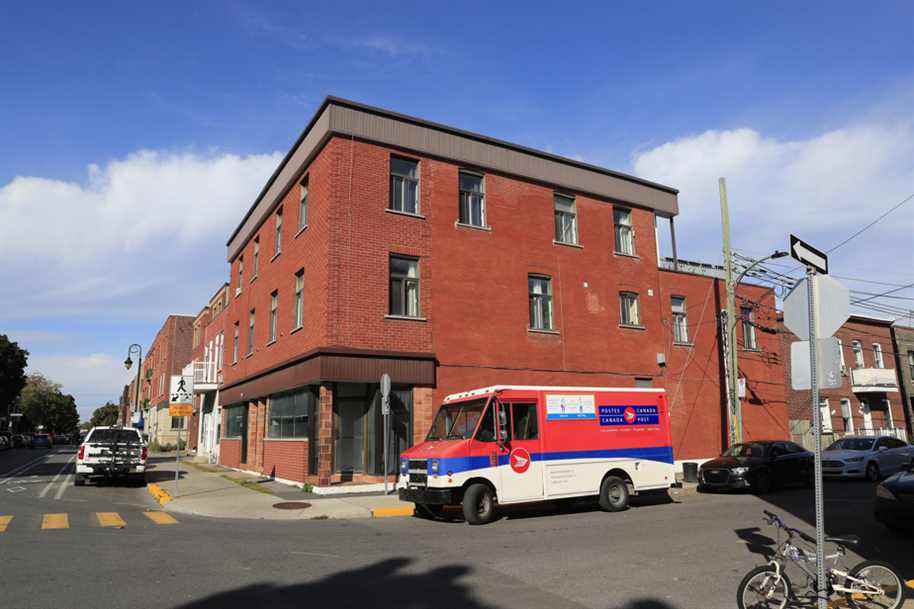Q: Consumers are briskly turning to online shopping. What impact does this type of shopping have on the planet compared to traditional shopping? Knowing that the transport costs billed are minimal and the returns are frequent (when it’s free, why deny it?), What is the overall impact on GHGs?
Véronique Saint-Amour
A: Mme Saint-Amour,
You are right that e-commerce is booming. Last year, with the pandemic, it increased 70% in Canada to $ 4.7 billion.
What are the environmental impacts of this profound transformation in our consumption patterns? Clearly, there are no simple answers, and your question has forced us to go through many conflicting studies.
In general, the researchers studied three modes of shopping. The first is purely online shopping, like buying a book on Amazon. The second is the physical purchase in a real “brick and mortar” store, such as going to a bookstore. The third is online ordering from a well-established store that delivers the product to you (for example, ordering a book from a bookstore) that researchers call “bricks and clicks”.
The environmental performance of each method depends on many factors. One of these is the way people go to brick and mortar shops. Are they going on foot? By car ? Are they combining their runs with another essential commute? The researchers noted that these parameters vary a lot by culture and country.
The layout of warehouses and the optimization of routes by e-commerce companies are also decisive in the calculations.
In 2010, a study published in the journal Logistics and Transport Focus concluded that online shopping has the potential to become greener than in-store shopping thanks to the ability to optimize delivery routes1. But in 2020, researchers disputed this conclusion in a study published in Environmental Science & Technology 2. They point out that consumers who shop online often order only one item at a time, forcing products to come from several different warehouses. Those who go to the store tend to buy more items in one sitting.
Add to that the packaging and, as you rightly point out, the returns. According to some estimates, no less than one in three garments bought online is returned, which increases the number of trips and therefore increases the GHG generated.
Surprisingly, the last study cited concludes that the most environmentally friendly way to shop would be the brick-and-click method – that is, to have a book delivered to your home by a bookstore. This is mainly due to the fact that physical stores are located closer to consumers than the warehouses of giants like Amazon, and merchants often deliver multiple orders at once.
Finally, it should be noted that the giants of online commerce are reacting. Amazon, for example, bought no less than 100,000 electric vehicles in 2019 to lower its emissions. The use of cargo bikes to cover the “last mile” is also on the rise in several parts of the world.
In short, it is far from easy to navigate. But it’s safe to say that shopping on foot, by bike or by public transport is a safe choice to minimize the greenhouse gases produced by your purchases.
1. Consult a study on buying online 2. Consult a second study

